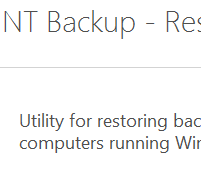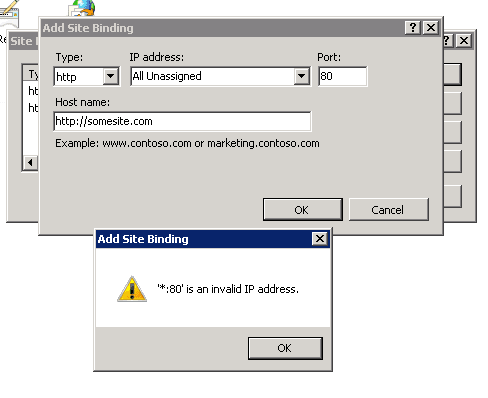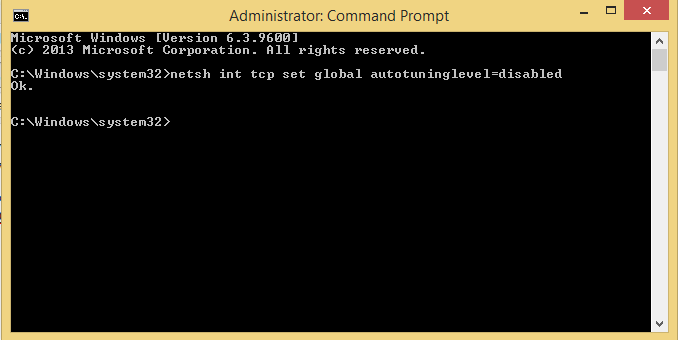Blade Servers Saving Money and Transforming Modern Business Computing

The computer network of any organization could be considered the backbone, whether it be large or small. Having the right equipment along this network could improve the organization’s efficiency in profound ways. Efficiency doesn’t have to mean the actual throughput of the network, but it could include energy saving methods to help reduce costs as well. The blade server is just one of those devices that could create such an improvement across many aspects of the organization.
What Do Blade Servers Have to Offer?
As opposed to a standard server, the chassis can handle multiple blades which act independently of the other. Each one of these blades is a computer in its own rights using a shared cooling and power system. This greatly reduces the costs of a server network which utilizes several independent machines to operate various tasks. For example, if an organization has a separate server system for data saved by the staff, email, and website support, a blade server could combine all three of these into one unit greatly reducing space and power consumption. For more information on this and other types of server systems, be sure to visit the Dell site here.
An Organization Can Do More with Less
Traditional rack-mounted servers have their uses, but the efficiency proposed by a blade server surpasses that of traditional methods. Many of these chassis can handle 16 blades at a time. Essentially, one could combine 16 various servers into one location. As each blade controls a different aspect of the network, the entire hub could be isolated to a single locale. The electric bill isn’t the only thing that can be diminished with a blade server. The costs in man-hours and cable could be reduced as all functions could be controlled from a single rack.
Upgrading and Maintenance with Ease
One of the most distinct attributes of the blade server is the ability to perform upgrades and maintenance on individual blades without disrupting the other resources that are attached. Through hot-swap technologies, a blade can be removed, upgraded and maintained, then placed back into the chassis without having to power down the whole system. Only the resources affected by that particular blade are disabled. The rest of the network, applications, and storage remain unaffected reducing downtime.
Redundancy of Power Supplies Protects from Outage
Keeping power to the rack-mount server is of utmost importance. The same holds true with the blade chassis. All of the blades within the chassis are utilizing a shared power supply. If this power supply fails, all of the blades fail. However, the chassis is equipped to hold several redundant power supplies in order to prevent total power failure.
Reduction of Cooling Methods for Addition Savings
As with all computer components, temperature is a factor when dealing with servers. Proper heat distribution is a must as heat can cause irreparable damage to electronic devices. By isolating all server activities to a single rack, you will reduce the costs of keeping several areas cool. All of the blades installed on a chassis utilize cooling from shared fans reducing the need of additional cooling per server unit.
Essentially, the blade server is a self contained unit that can perform the work of many servers in one chassis. By migrating your systems to one of these units, you are reducing costs and storage space while enhancing the network for a more efficient use of data. While these servers may not be ideal for a small network of a handful of computers, they can provide an efficient impact on larger ones. Look into whether your network could take advantage of a blade server today.
Author Bio
Brian Jensen works with Dell. In his spare time he enjoys traveling, cooking and spending time with his family. He has a passion for learning and writing about all things technology. He is currently researching digital forensics and would recommend visiting dell for more information.



